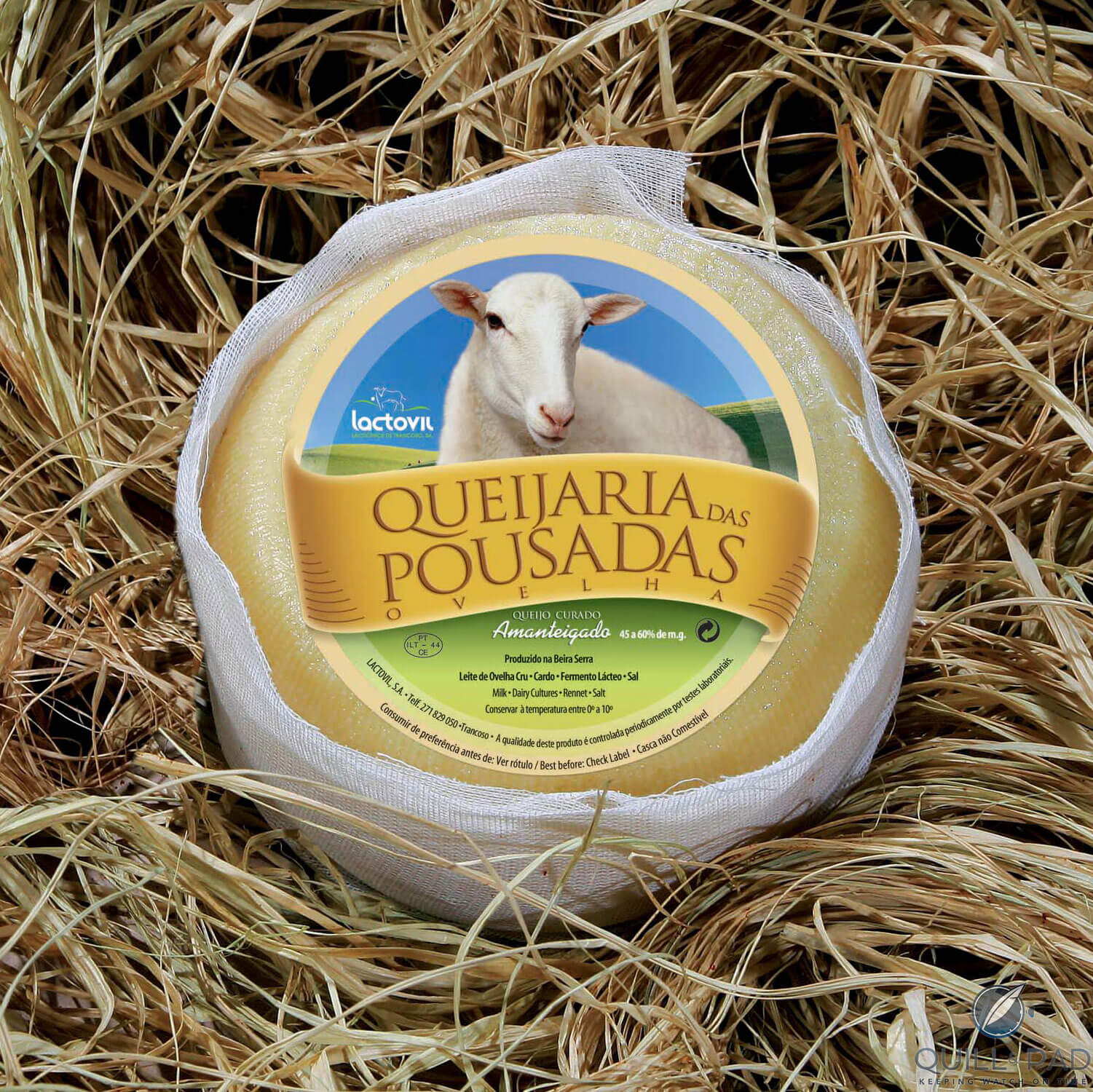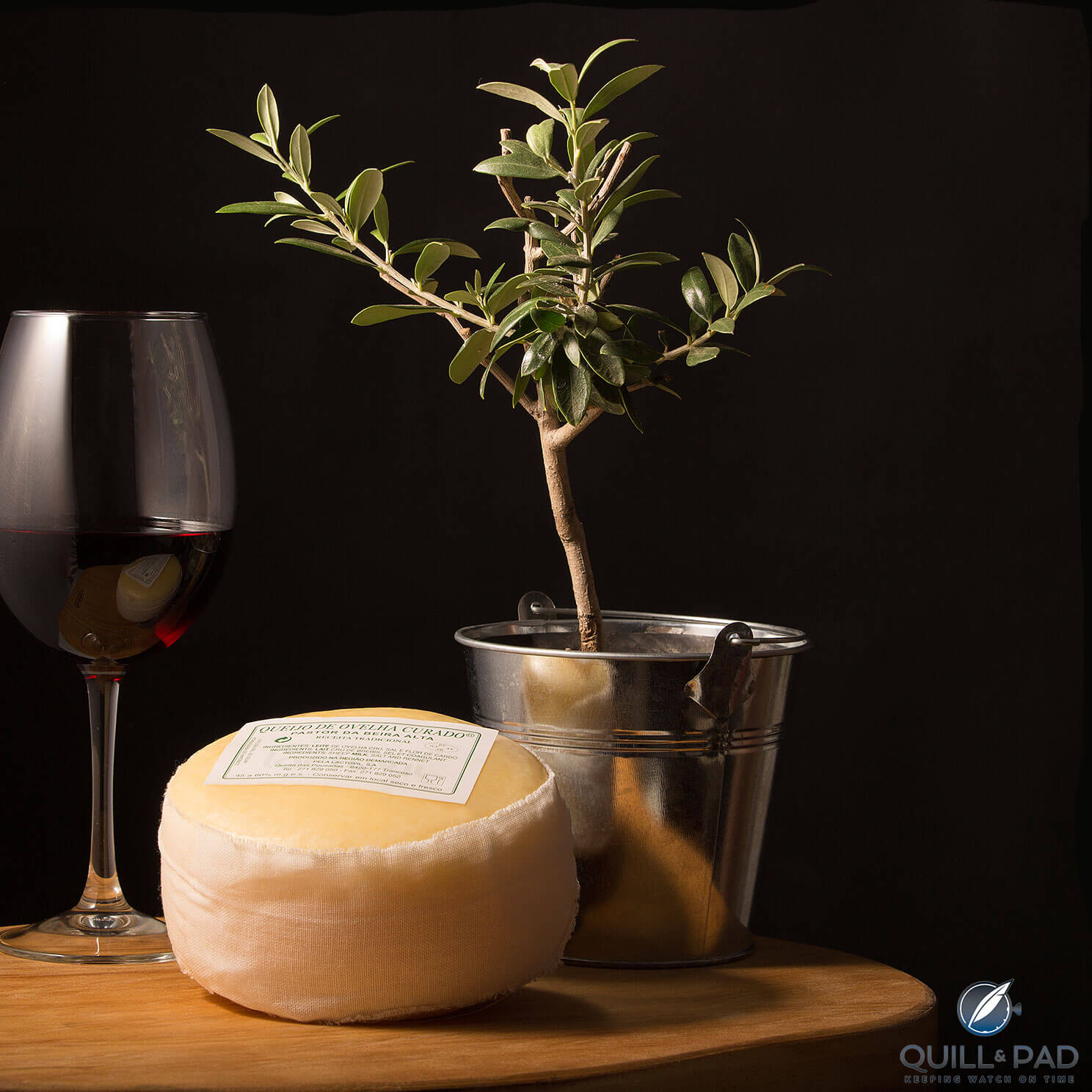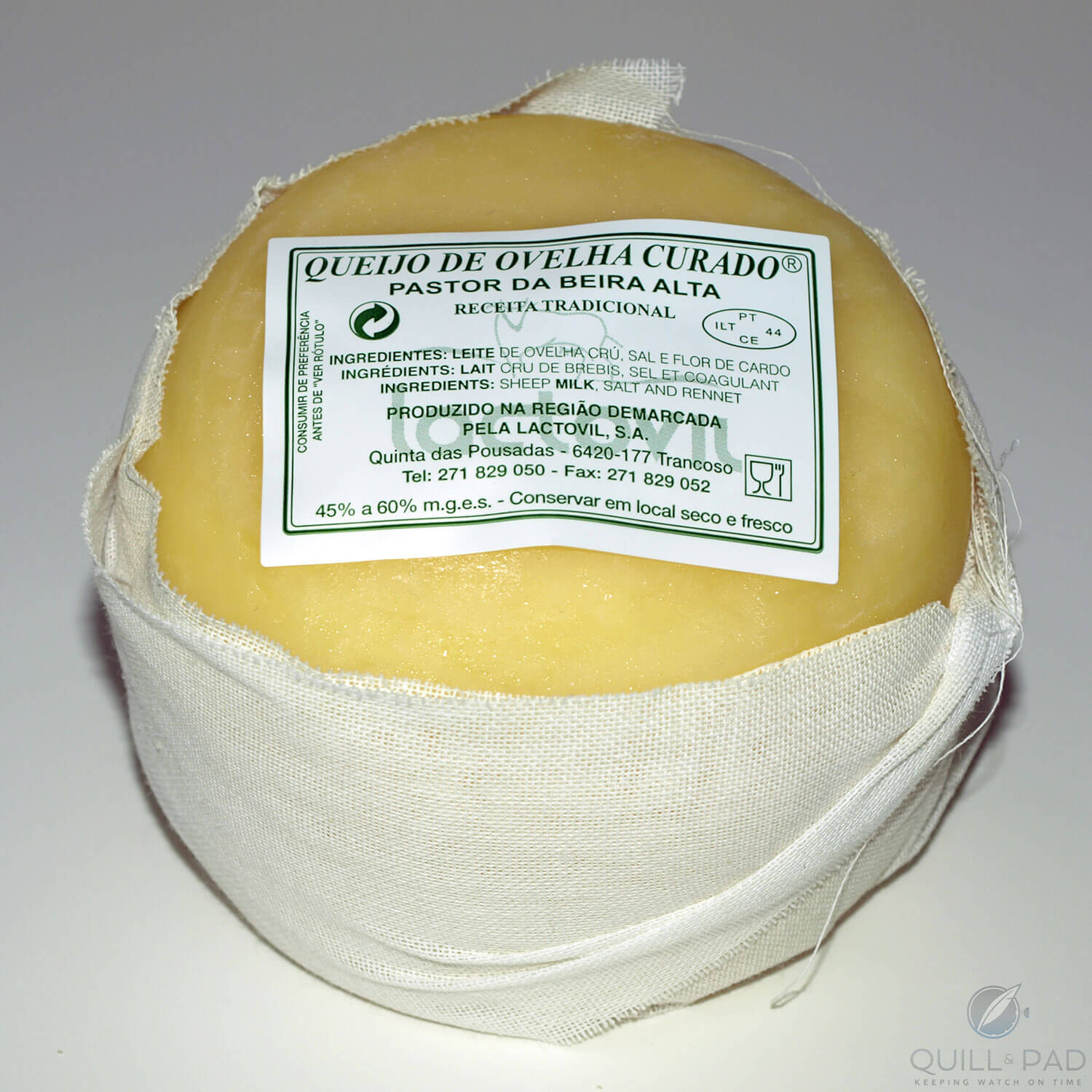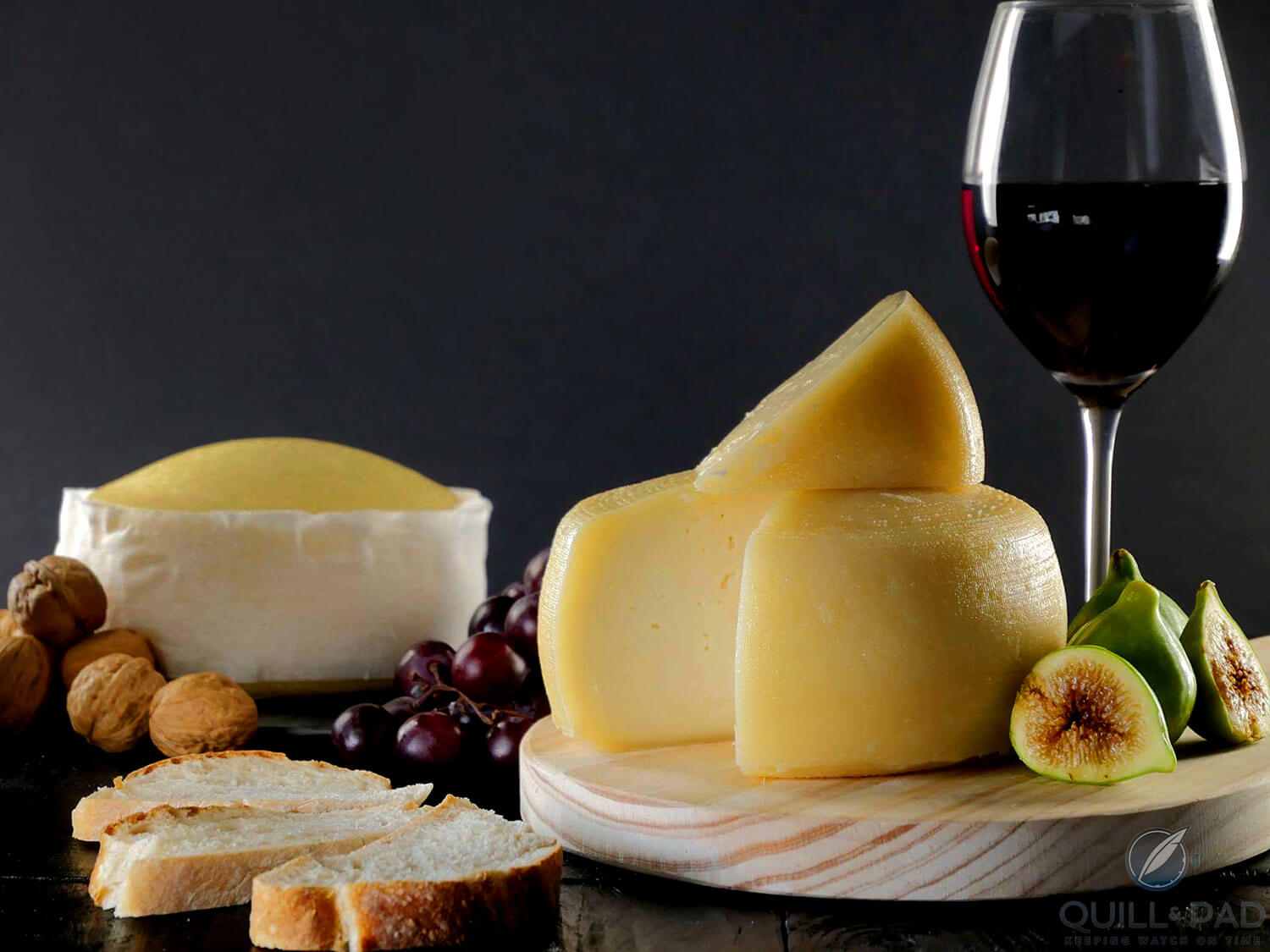Serra De Estrela Cheese: Rich, Ripe, And Full Of Intense, Tangy Flavors
by Ken Gargett
The world is divided into those who either occasionally enjoy a bit of cheese – or worse, perhaps don’t really care for it at all – and those who understand that great cheese is a gift from the gods, to be enjoyed alongside fine wines, superb spirits, magical cigars, and a few other delicacies like caviar, foie gras, truffles, and such gems.
Those of us who fall within the latter category will have our favorites: brie, camembert, Stilton, and Roquefort are all spectacular and deservedly on most cheese lovers’ radar.
Personal favorites are the wonderful Comté from France and a large wheel of Parmigiano, which I could eat every single day. A fine champagne and a chunk of Parmigiano is one of the great combinations.
A recent visit to Portugal has given me a third favorite. Discovered (yes, I am aware that it was known before I found out about it, but you know what I mean) when there, I thought it was so good that I even brought some vacuum-sealed wheels home to Australia (all fully declared, of course).
I’ll confess that Portugal and cheese are not two words that I often connect. But given Spain’s vast array of superb cheeses, why not?

Serra de Estrela cheese (photo courtesy www.lactovil.com)
The cheese in question is Serra da Estrela (also known as Queijo da Serra). It comes in a wheel around one kilogram in weight. The wheel has a small circle cut in the top through which one spoons out the gooey insides, all gloriously runny, rich, ripe, and full of intense, tangy flavors. The young versions particularly appeal.
I first encountered it in Oporto at a lunch. It seems, however, that it has not received its dues outside Portugal. One can only assume that is because no one seems to associate cheese with that country – a gross oversight.

Serra de Estrela cheese (photo courtesy www.lactovil.com)
Alan Davidson’s brilliant Oxford Companion to Food affords Portuguese cheese not a mention. Steven Jenkins’ excellent international Cheese Primer only mentions Portuguese cheese as something an American cheese maker likes to import for himself. And most condemningly of all, the famous Monty Python cheese shop sketch, which lists endless cheeses from around the world, makes no mention of it either.
In Portugal, however, this sheep-milk cheese is so loved that it is called the king of cheese by many locals. It is considered the local equivalent of raw-milk camembert or a top brie.
Serra da Estrela, known locally as simply “Serra,” is a mountain cheese (which is apparently the literal translation of Queijo da Serra) from the Estrela mountains, which tower up to nearly 2,000 meters and which are located next to the Spanish border in the Beira region.
The region’s Bordaleira sheep, justifiably famous, are taken to graze on the lofty pastures.
Serra da Estrela was certified with PDO (protected designation of origin as defined within the European Union) in 1996. The specific region from which it hails is a defined area of 3,143.16 square kilometers.
In 2014, it was recognized by the global Slow Food movement when it was “boarded” in the international catalogue of endangered heritage foods. The catalogue is known as the “ark of taste.”
Where to find this cheese? Portugal, obviously, but beyond that, you’ll need to search – and trust me, it is worth it. If there are any Portuguese delicatessens in your area, try them. Perhaps local Portuguese restaurants can offer up a source. Otherwise, speak to the best cheese purveyors you can find.

Serra de Estrela cheese (photo courtesy www.lactovil.com)
Despite the complete lack of information from traditional “old school” sources (aka books), the internet certainly is able to assist. It is made, we are assured, with raw milk from sheep and a vegetable rennet that comes from a thistle flower.
Others describe it as not using a rennet at all, but that it attains its qualities from the slow draining of the curdled raw sheep milk, coagulated from the thistle (Cynara cadunculus, if you were wondering). The wheels are wrapped with a strip of cotton cloth. It is made from November to March, and the maturation period must be at least 30 days.
When the hole is cut, revealing the ripe runny cheese within, it is almost like scooping out tangy cream. The texture is peerless. You can spread it, use it as part of various appetizers, or, decadent it may be but it can’t be beaten, simply eat it with a spoon.
One trick used by lovers of Serra is to use the rind/shell to bake potatoes or onions (or whatever appeals) within.

Serra de Estrela cheese (photo courtesy www.lactovil.com)
With age, the insides become a little more solid and can be sliced. Personally, I love the younger versions with their runniness.
Serra de Estrela might not have come across your radar as yet, but when it does, I have no doubt that you will have a new favorite and much-loved cheese.
You may also enjoy:
100-Year-Old Seppeltsfield Para Vintage Tawny 1918 Port: Truly Extraordinary
The History Of Portuguese Filigree Reinterpreted In A Single Luxury Jewelry Brand: Eleuterio
Leave a Reply
Want to join the discussion?Feel free to contribute!



hmmm… you really don’t know what to write anymore, ha? 😉
Philippe, I guess we can assume you fall in the first category?
Magnificent!!!
Hi Ken
The website http://www.lactovil.pt/ is not safe. The correct website is http://www.lactovil.com
Best regards
Guerra Pimenta
Thanks, Guerra. much appreciated.